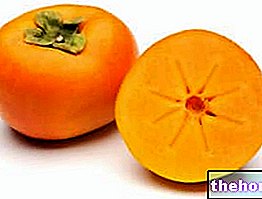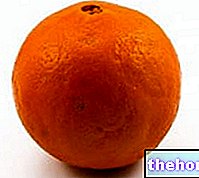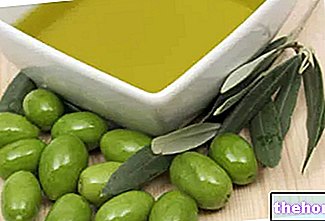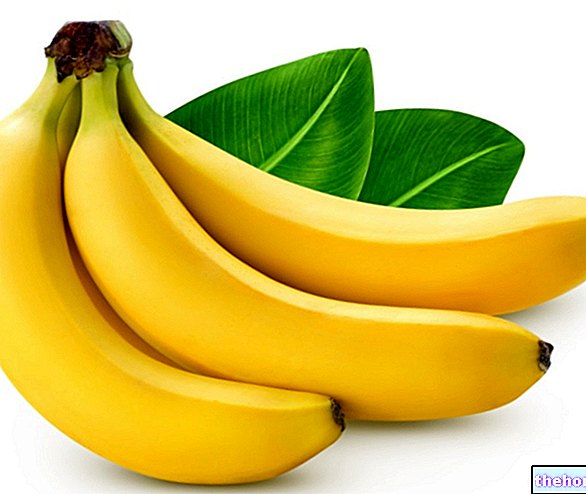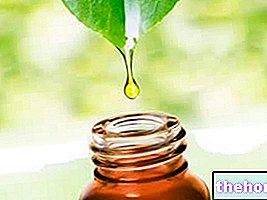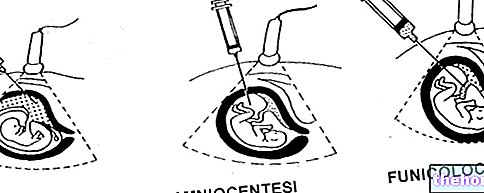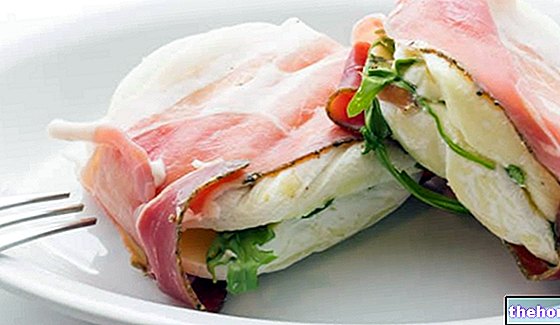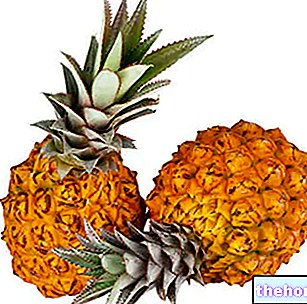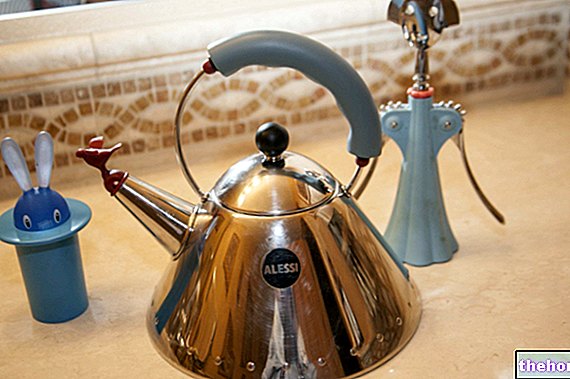Apple juice is a food obtained by isolating the liquid portion of apples, the fruits of the tree belonging to the genus Malus and species pumila (Family Rosaceae).

In terms of appearance and nutritional properties, apple juice is a full-fledged fruit juice.
It can be natural and homemade, obtained with different methods and tools (extractor, centrifuge, etc.), or commercial (liquid packaged, above all, pasteurized, distributed in glass bottles and tetra brik, or frozen - even concentrated to be diluted).
Note: by definition, apple juice, extract and centrifuged would be three different products. However, with regard to the few chemical and nutritional differences that distinguish them, in this article we will talk in general about the non-concentrated liquid obtained (regardless of the system) from the pulp of apples.
Apple juice is considered both a food, or rather a derivative, and a drink. The raw material, consisting of apples of any variety, belongs to the VII fundamental group of foods. Apple juice is therefore a nutritional source of: water (very abundant), fiber (almost absent), simple sugars (fructose), certain vitamins (especially vitamin C or ascorbic acid) and specific minerals (especially potassium and magnesium). Various organic acids are also abundant, not too relevant from a nutritional point of view, but certainly important as regards oral hygiene.
Apple juice is consumed like a common soft drink. In Italy, apple juice is served fresh or at room temperature; in many foreign countries, on the other hand, it is common to heat it, especially in winter, and drink it as an herbal tea. Like pomegranate juice, apple juice has recently become more popular. Its growing notoriety, partly due to its nutritional properties, is also the result of a "very effective marketing campaign.
Commercial apple juice
Commercial apple juice is obtained, like home-made, by squeezing the fruit and collecting the juice.
To make it transparent and completely free of solid residues, further processing processes are applied such as: centrifugation (mechanical separation), enzymatic clarification (chemical precipitation, mainly with the use of pectinase and amylase) and microfiltration. Eliminating suspended particles, ie pectin and starch, the apple juice then becomes much clearer.
Then there remains the problem of shelf life. To obtain a long shelf life, apple juice is generally subjected to pasteurization. This system is based on raising the temperature just over 70 ° C for a period of time sufficient to eliminate the microorganisms and to inactivate the enzymes of the fruit (not too long, thanks to the acid pH of the drink).

